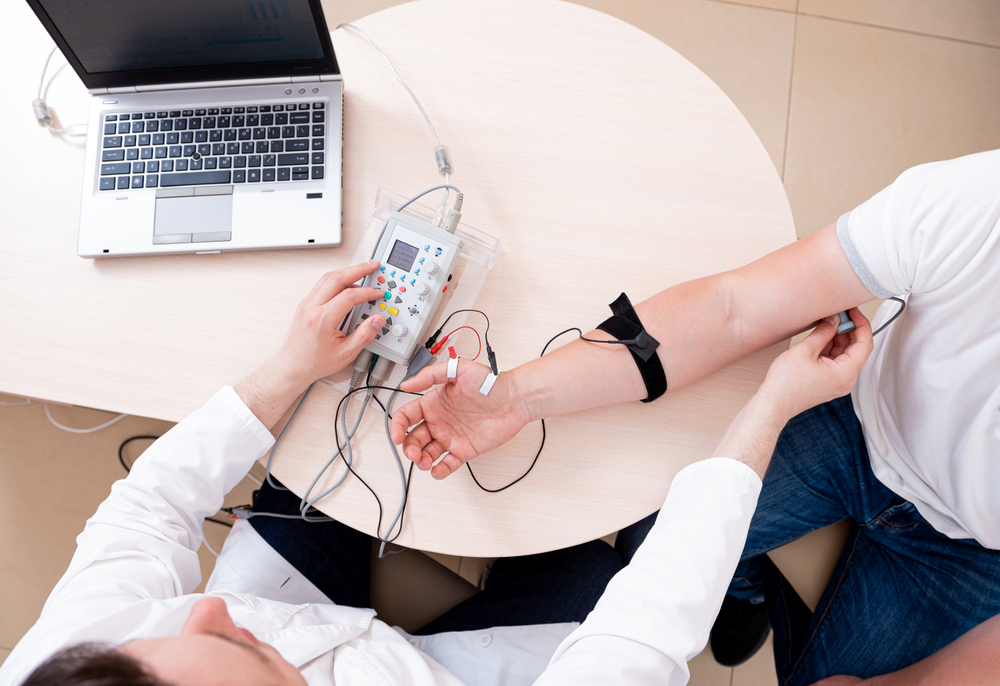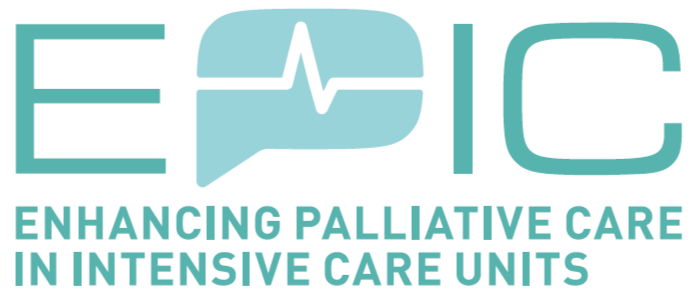ESAIC News
Newsletter March 2024: How representation shapes aspiring trainee anaesthesiologists
Edoardo De Robertis, the ESAIC immediate past President, has always highlighted trainees’ indispensable contributions to the Society. He emphasises the importance of their involvement in the Society’s structure, particularly in committees where decisions are made. According to De Robertis, it’s not simply about giving trainees a seat at the table; it’s about ensuring their perspectives are given the weight they deserve. Trainees offer valuable insights because they are on the front lines, experiencing the most current practices and confronting the latest challenges. Their active participation in committees is vital for promoting a culture of inclusivity within the speciality. Moreover, it ensures that the decisions made are pertinent and reflect the evolving nature of the medical field and the ESAIC. De Robertis advocates for this integration to acknowledge the evolving dynamics of healthcare and ensure that society remains at the forefront of medical advancement and patient care.
Sometimes, it might be challenging to understand why including a trainee representative in every committee or council is beneficial. But just as the gap between the young and the old is permanent, there is a specialist-trainee gap and the phenomenon of quickly forgetting the experiences and challenges of being a trainee. Forgetting that feeling when you don’t know where you belong, your direction, and what you want or can do. Often, in the complex dynamics of healthcare settings, the specific needs of trainees, which differ significantly from those of established specialists, can be overlooked or undervalued. Having a trainee as part of a committee or council helps bridge the understanding gap between different levels of professionals within the field. Additionally, it’s unfortunate that several mentors, due to lack of time or will, find themselves unable to fully commit to their role in guiding and supporting trainees, which is crucial for their professional development and growth. This is where the importance of the society, such as ESAIC itself and trainee representation, can be seen as access to knowledge, ideas and opportunities to vocalise our problems.
Trainees are the future of any medical speciality. Their involvement in committees and councils ensures that the future direction is shaped toward upcoming trends, innovations, and generational shifts in practice and approach. Trainee representation ensures that trainees’ unique perspectives and needs are directly voiced and advocated for in the decision-making processes. This is crucial for developing inclusive, beneficial, and relevant policies and programs for everyone.
We must not forget that all current and future specialists started as trainees; no one can skip that step. By including trainees in committees, their voices are heard. They are the ones who can convey how it is on the “field”, what troubles them, where they feel insufficient to be heard, and where they are deprived. Certainly, it’s essential to shape the educational process during specialisation to ensure that, upon becoming specialists, everyone possesses a level of knowledge and skills that meet the standards expected of a professional in this field.
It is also vital to recognise that the visibility of trainees should be initiated by prominent organisations like the European Society of Anaesthesiology and Intensive Care (ESAIC). This form of representation can serve as a catalyst, encouraging hospitals and other healthcare institutions to integrate trainee representatives into their own frameworks and decision-making structures. Such a trend can set a precedent, underscoring the value of trainee input and ensuring their perspectives are considered in a broader range of healthcare settings. Trainees can contribute to their home-based hospitals by transferring ideas, further developing the profession, and ultimately providing better patient care.
It can inspire systemic institutional changes, leading to more inclusive policies and practices.
Furthermore, participation in these bodies offers trainees invaluable experience in leadership, governance, and the inner workings of professional societies. Such involvement significantly adds to professional development beyond clinical or academic training.
At ESAIC, our commitment extends towards ensuring equality in terms of gender and geographical representation. We recognise that only some come from the same background, with variances across cultural, educational, and regional lines. It’s crucial to remain aware of these differences and to embrace diversity inclusively. By doing so, we pave the way for trainees from smaller hospitals, less prominent cities, and smaller countries, offering them the visibility and assurance that they, too, have significant roles to play in large societies such as ESAIC. This approach enriches our organisation with many perspectives and fosters an environment where diverse backgrounds are seen as a strength, encouraging wider participation and contribution from a varied demographic. It also helps trainees from all backgrounds feel valued and understood, which can enhance their training experience and professional development. This can lead to more open discussions about underrepresented groups’ challenges, fostering an environment where all trainees feel comfortable sharing their experiences and learning from each other.
The participation of a trainee representation enriches every committee. They contribute to diversity in committees and councils, not just in age but also in background, experience, and perspective. This diversity leads to a more comprehensive and inclusive perspective and new innovative ideas. Also, being actively engaged in current training programs, trainees provide real-time feedback on the effectiveness and relevance of policies and educational strategies, allowing for more dynamic and responsive adaptations.
The importance of visibility also lies in the fact that through the Trainee Committee and the network of specialists, we have the opportunity to hear the trainees’ problems and wishes. This enables us, through representativeness, to engage in meaningful dialogues with our colleagues, bring these issues to the council, and collaboratively work towards finding possible solutions.
It is also important to know that every step, even a small step forward, is important. Just as the generations before us fought for the opportunity to be heard and seen, we must provide new opportunities for trainees so that future generations can take those opportunities, offer new ideas, and further develop the field of anaesthesiology and intensive care.
References
- Yu, A. Y. L., Iwai, Y., Thomas, S. M., Beasley, G. M., Sudan, R., & Fayanju, O. M. (2021). Trends in Racial, Ethnic, and Sex Representation Among Surgical Faculty Members and Medical Students in the US, 2011-2020. JAMA surgery, 156(12), 1177–1179. https://doi.org/10.1001/jamasurg.2021.4904
- Venkatesh, B., Mehta, S., Angus, D. C., Finfer, S., Machado, F. R., Marshall, J., Mitchell, I., Peake, S., & Zimmerman, J. L. (2018). Women in Intensive Care study: a preliminary assessment of international data on female representation in the ICU physician workforce, leadership and academic positions. Critical care (London, England), 22(1), 211. https://doi.org/10.1186/s13054-018-2139-1
- Diversity, equity and inclusion: we are in it for the long run. Nat Med 27, 1851 (2021). https://doi.org/10.1038/s41591-021-01582-5
- Medepalli, K., Purdon, S., Bade, R. M., Glassberg, M. K., Burnham, E. L., & Gershengorn, H. B. (2023). Association of Women Leaders with Women Program Director and Trainee Representation Across US Academic Internal Medicine. Journal of General Internal Medicine, 38(1), 57–66. https://doi.org/10.1007/s11606-022-07635-w
Authors
- Antonia Kustura (MD) – Division of Anaesthesiology, Intensive Care and Pain Medicine, Sestre milosrdnice University Hospital Center, Zagreb, Croatia. ESAIC Education and Training Committee, eLearning Committee Trainee Representative










